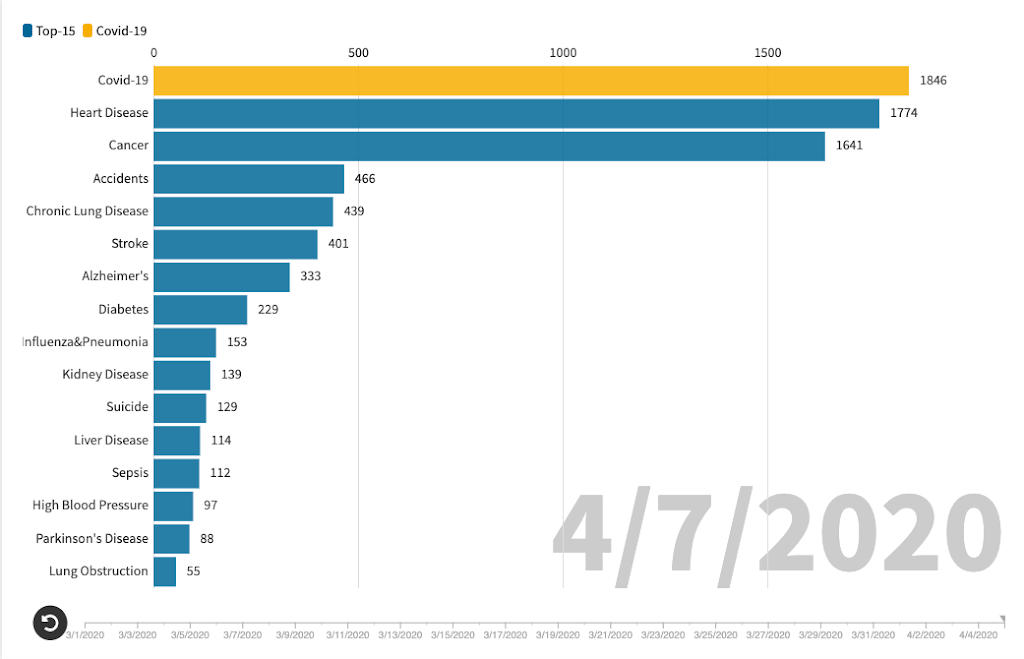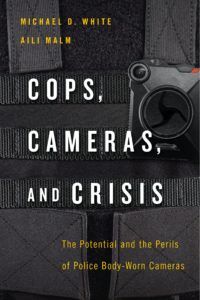A couple of months ago, news outlets reported a murder in California State Prison, Solano. The murder did not make headlines until yesterday, when it suddenly returned to the news with some gruesome details and discoveries.
Beyond the sadness and horror (and, of course, condolences to Maria Rodriguez and her family), one has to wonder, again, about the media tendency to look for an “angle”. It’s fairly obvious that the story got a second life once media outlets found out (two months late) the horrific details of this heinous crime. But the Associated Press cannot resist looking for an “angle”–some way to generalize from this and make it into a moral panic we can all get behind–and here’s what it finds notable:
Homicides are distressingly common in California prisons. More than 160 inmates have been killed in the last 15 years, and the state has one of the nation’s highest inmate homicide rates.
. . .
“It’s very difficult to cover every contingency with the limited staff that we have,” said Chuck Alexander, president of the California Correctional Peace Officers Association that represents most prison guards.
“This kind of thing at Solano, sad to say I predict it’s just a precursor,” he said.
He noted a 2011 California law that keeps lower-level offenders in county jails, leaving state prisons to hold the most violent criminals. Changes in prison policies, meanwhile, mean more dangerous offenders are being housed in lower-security prisons like medium-security.
If you’re a critical news consumer, this ought to leave you wondering: does California have a particularly violent prison population? and, if so, is this somehow attributable to the Realignment? to “changes in prison policies”?
The Bureau of Justice Statistics routinely collects information on inmate deaths in federal, state, and local custody. In this report, which covers the years 2001-2012, California is reported to have a yearly average of eight inmate homicides per 100,000 inmates. This number includes not only homicides by inmates, but also by staff (sadly, the numbers don’t offer the breakdown.) Two things are notable about this number: first, it is not at all an outlier among other states. That honor falls to Oklahoma, with 14 per 100,000 homicides, or to Maryland, with 11 per 100,000 homicides. Just to show the number in context: Hawaii has had an average of 6; New Mexico and Tennessee, 9 each; Maine, 8; and Colorado, 6.
Second, it is not grossly out of proportion to the overall homicide rate in California, whose annual homicide rates for the years 1996-2013 veered between 9 and 5 homicides per 100,000 people. Of course, as is the case in the country in general, it was a downward slope; the prison data are presented in a way that makes it impossible to figure out if they’ve also had a downward slope.
It seems like the presentation of data in the article (160 homicides per 15 years) does not suggest anything particularly violent about California prisons as compared with the outside population or with other states.
But let’s turn to Alexander’s remarks. Would more homicides be prevented if there were more guards? Since the BJS data do not provide the breakdown between staff and inmate perpetrators, it’s hard to tell. If the former accounts for a considerable number of the homicides, perhaps the relationship between number of guards and number of homicides should give us pause about hiring more.
The coup-de-grace, though, is the bizarre mention of Realignment and “changing prison policies”. I assume by the latter Alexander does not refer to Prop 47, which was approved only in November, and therefore could not have affected the numbers in any way. As to Realignment, as the article correctly mentioned, it was a policy that focused on non-serious, nonviolent, nonsexual offenders, who were moved out of the prison system (according to a new study by Julie Gerlinger and Susan Turner, people who commit less serious offenses are not necessarily less risky or less likely to recidivate; they’re just less likely to create public uproar when released). What sort of effect could it have had on homicide rates? Is there any evidence whatsoever that prison homicide rates have risen in the aftermath of Realignment? Is there any evidence whatsoever that the increased rate is that of homicide perpetrated by inmates, rather than by staff? I confess I’d be surprised if that were the case; one of the effects of Realignment was alleviating the massive overcrowding in California prisons was alleviated, so one possible factor in prison violence rates has actually been addressed. At a conference last year, Ryan Patten presented a paper that suggested that Realignment actually brought a rise in violence in local jails (as opposed to prisons), but I remember not being convinced that this correlation was not marred by confounding variables. Moreover, Patten didn’t have a breakdown by perpetrator, either. In short, absent any actual data, it’s hard to give credence to Alexander’s assessment.
Here are three alternative suggestions for “angles” that might actually have something to do with prison homicide rate:
Bad cellmate choices. Just recently, CDCR refused to consider the possibility of taking inmate preference into account when allowing them to choose cellmates. Of course, there is no data about how many homicides are perpetrated by cellmates, but that would be one interesting thing to find out. Why resist a simple compatibility survey when it could save lives?
An overall unsalubrious environment. For 11 of the 15 years mentioned, inmates lived under horrific conditions that included overcrowding, massive medical neglect, and a whole host of iatrogenic diseases. There’s still plenty to do on that front. Maybe this is a “broken windows” type of situation, in which people who are horrifically treated conform to the institution’s conditions and expectations.
Staff violence. Just recently, the Supreme Court decided Kingsley v. Hendrickson, which requires a legal objective test to assess excess violence toward pretrial detainees. The Court also left the door open as to the possibility of applying this test to prison inmates, too. I, for one, would have liked to see the breakdown between staff and inmate perpetrators and learn more about the source of prison violence.
I would have liked to see an article discussing prison violence from these perspectives, rather than throwing out conjunction and statistical inaccuracy, and presenting prison violence as merely a subset of overall violence. But I’m not holding my breath.







